Author: Jan
-
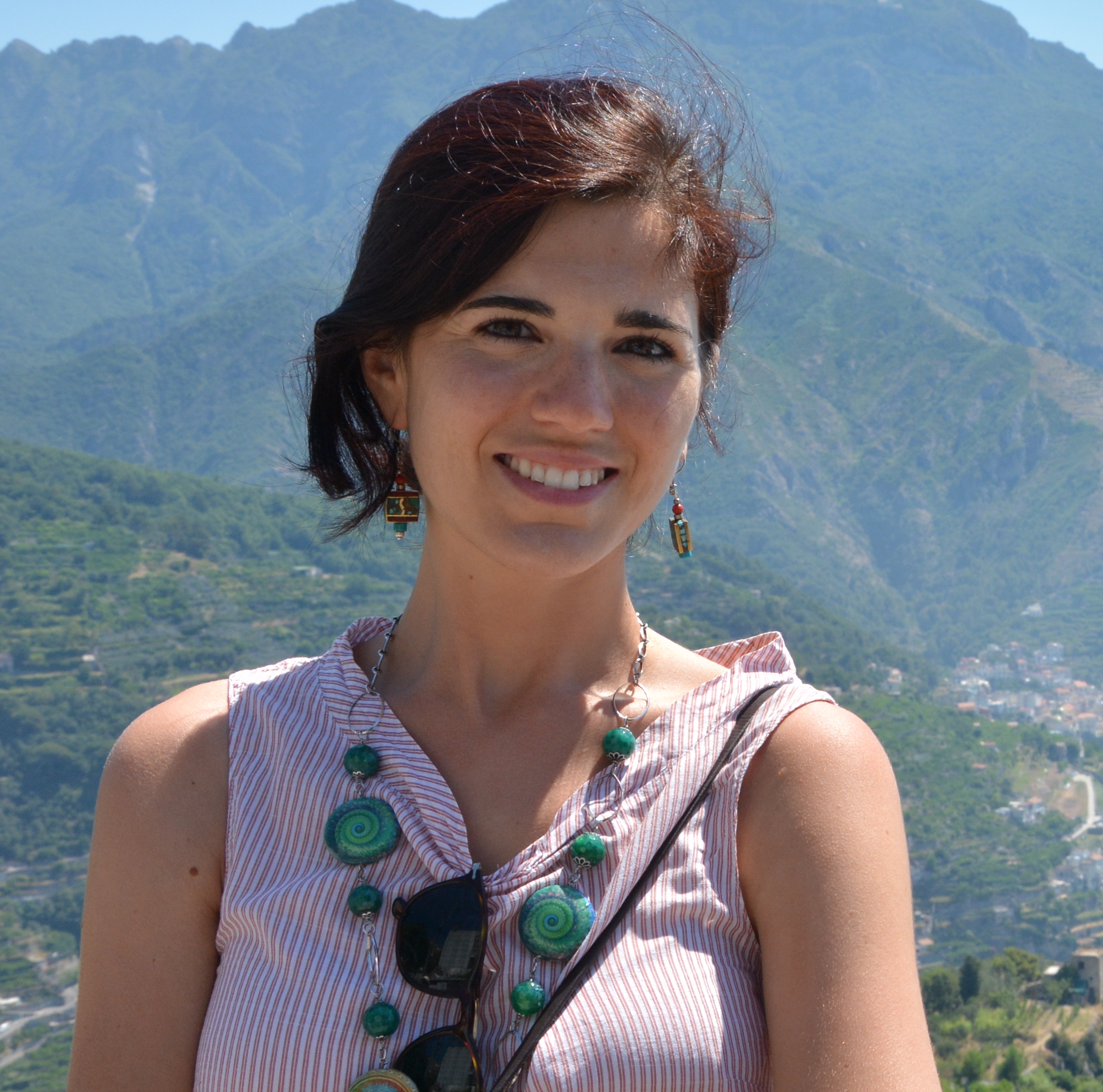
When Quantum Systems Source Gravity: How Can We Do Physics Without Spacetime?
Dr. Flaminia Giacomini, SNSF Ambizione Fellow at ETHZ Spacetime is ubiquitous and is at the foundation of all our physical theories. At the interface between quantum theory and gravity, however, the classical notion of spacetime is no longer adequate to capture the description of physical systems. To date, we still do not know which structure…
-
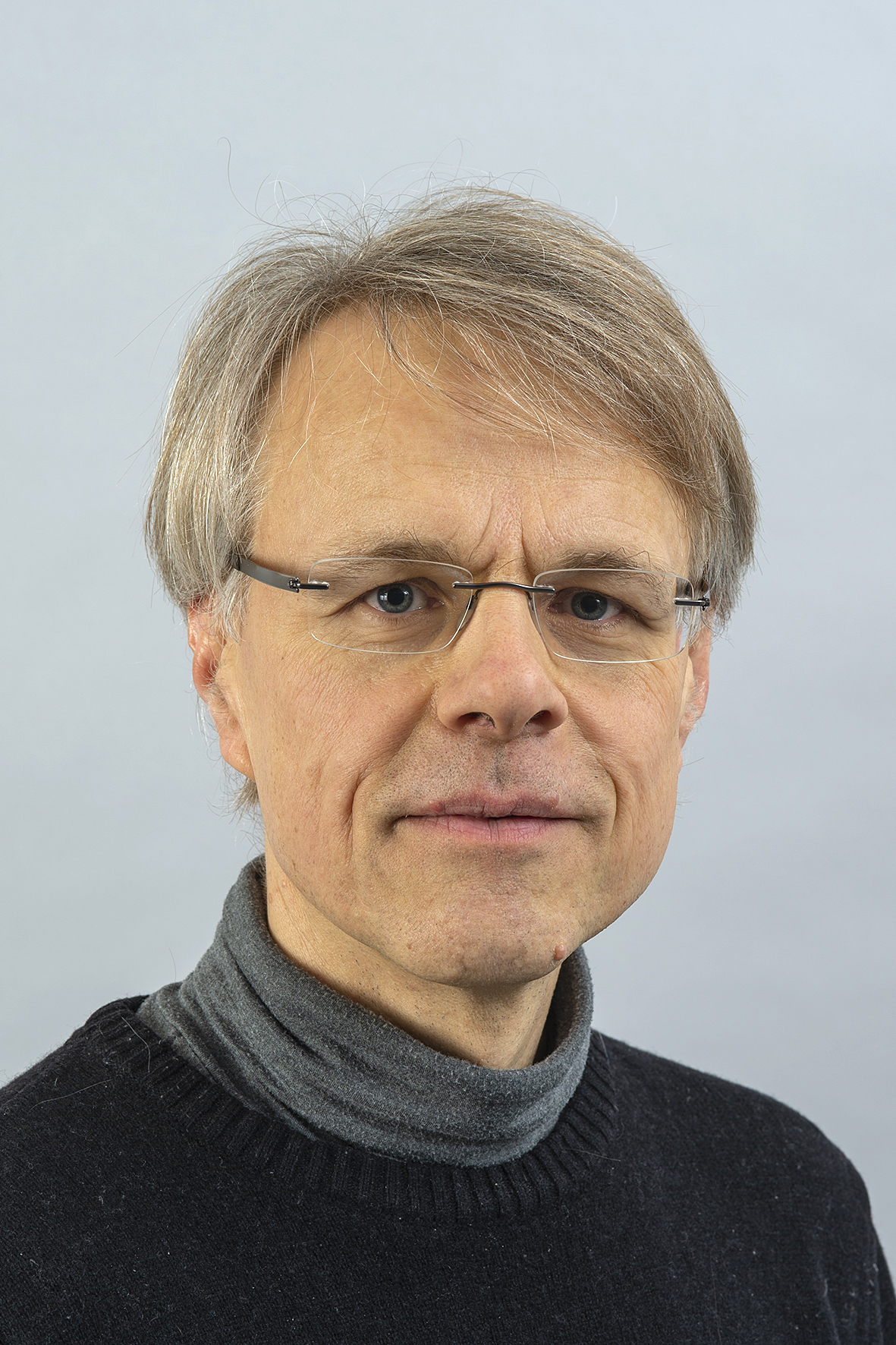
String Theory and the AdS/CFT correspondence
Prof. Dr. Matthias Gaberdiel, Professor at the ETH Institute for Theoretical Physics I will give a brief introduction into string theory and the AdS/CFT correspondence. I will then describe our recent progress with proving the AdS/CFT correspondence in one specific instance. Resources/References Recording https://video.ethz.ch/speakers/theory/324c887b-06cf-4cab-a30b-07ea0267d928.html
-
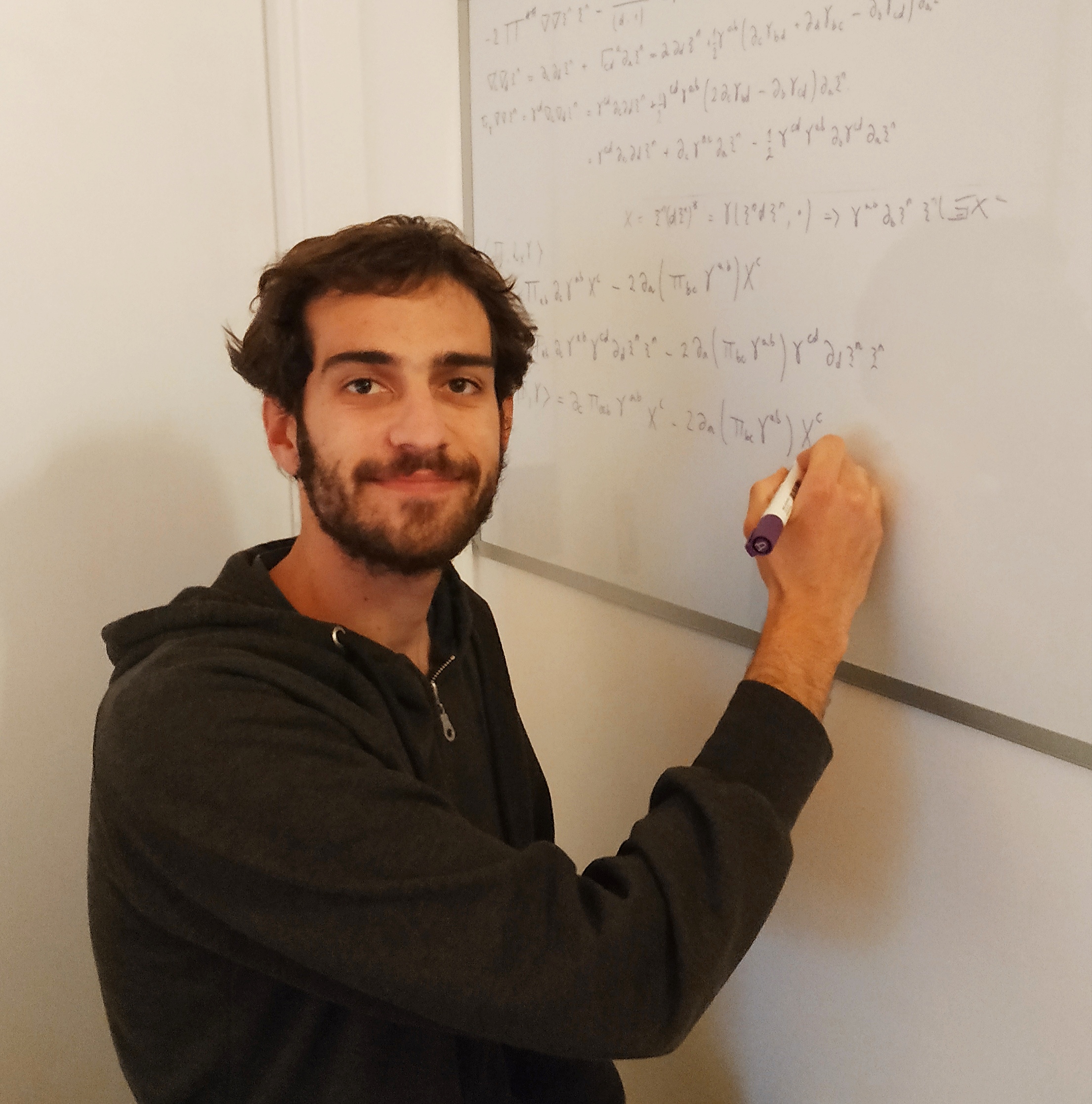
The reduced phase space of gravity
Dr. Giovanni Canepa, Postdoc at the University of Geneva In this talk I will outline a description of the reduced phase space of gravity, for a space or time-like boundary, with and without gauge and matter fields. The reduced phase space is the space of possible initial conditions and will be presented as the reduction…
-
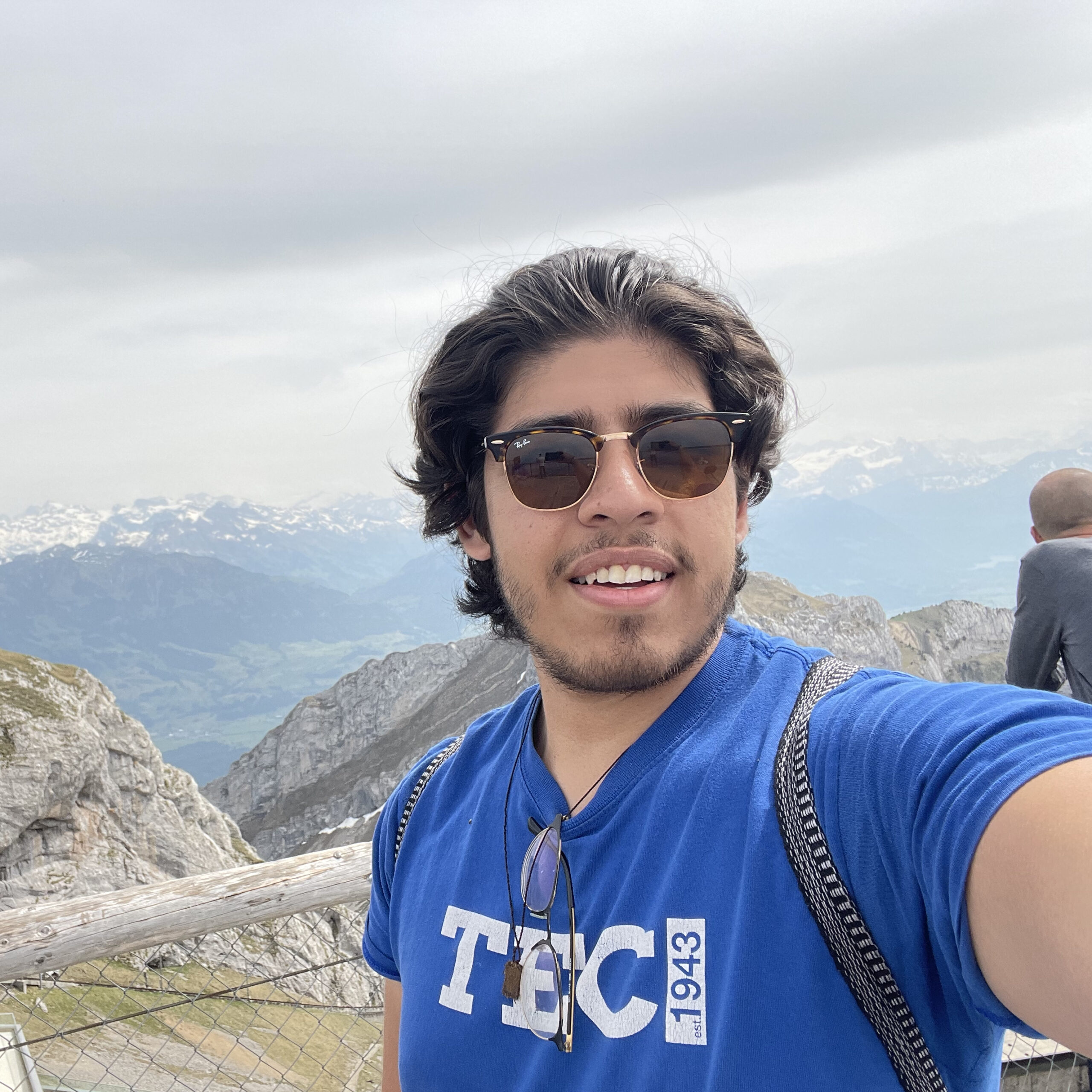
Zero-threshold superradiance of Pauli crystals
Daniel A. Ortuño-González – PhD student at ETH Zürich Quantum crystals are unique phases of matter that emerge at near-zero temperatures, where quantum fluctuations, rather than thermal fluctuations, drive phase transitions. One of such type of crystals can be obtained in ultra-cold atoms interacting with an optical cavity, where the atoms undergo a symmetry breaking…
-
![Facets of Integr[abil]ity](https://theorytalks.ethz.ch/wp-content/uploads/sites/42/2024/11/beisert.person_image-e1731365358762.jpeg)
Facets of Integr[abil]ity
Prof. Dr. Niklas Beisert – Professor of the Quantum Field Theory and Strings group at ITP, ETH Zurich Integrability is a powerful feature of distinguished models in theoretical physics which makes their observables accessible to exact computational methods. These abstract methods founded in complex analysis and algebra also bring to light many essential notions of…
-
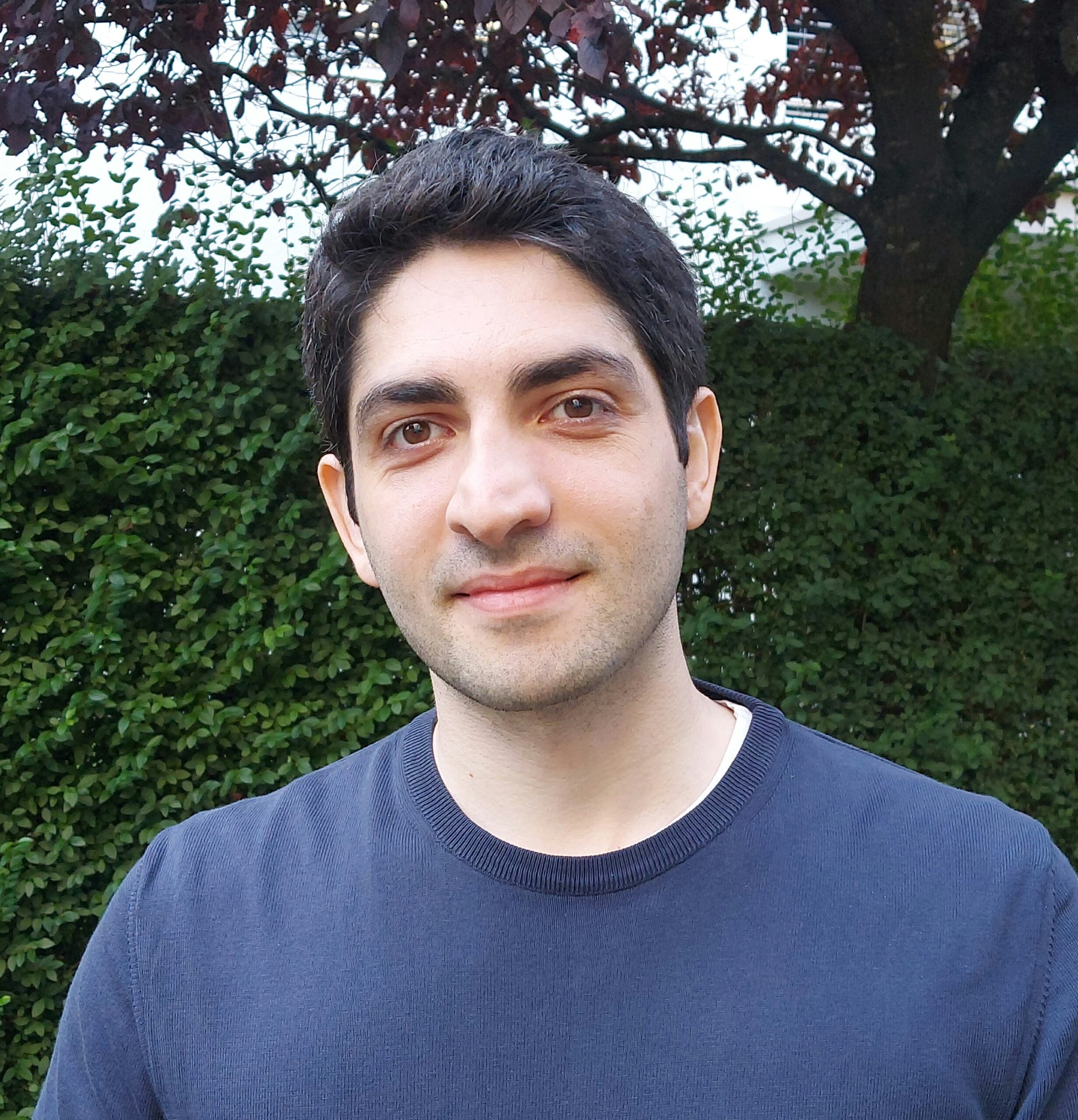
Positivity bounds on electromagnetic properties of media
Borna Salehian – Postdoc at ETH Zurich We study the constraints imposed on the electromagnetic response of general media by microcausality (commutators of local fields vanish outside the light cone) and positivity of the imaginary parts (the medium can only absorb energy from the external field). The equations of motion for the average electromagnetic field…
-
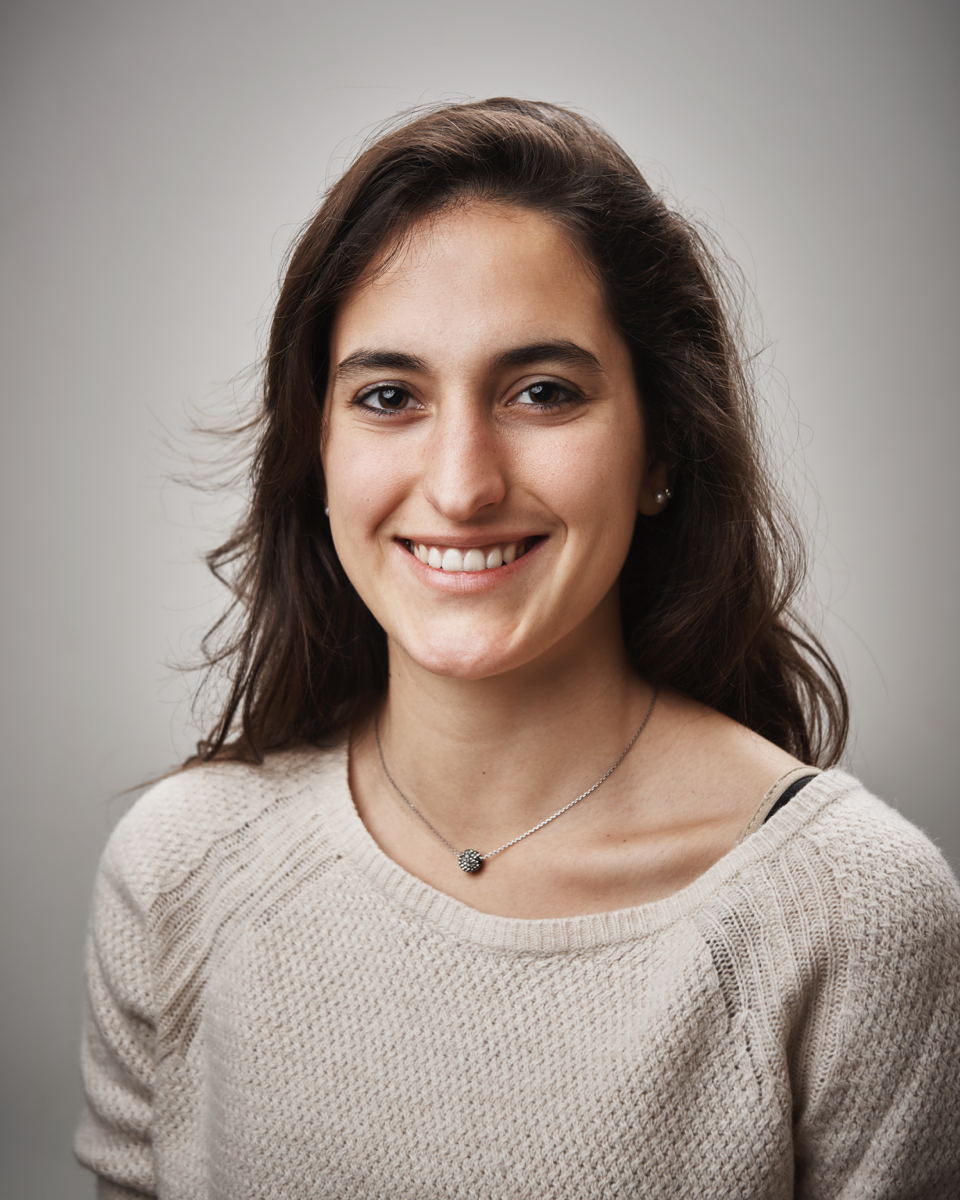
Almost-i.i.d. States
Giulia Mazzola – PhD student in QIT group, ETH Zurich A common assumption in physics is that the same experiment can be repeated many times independently. More precisely, one often assumes that different rounds of an experiment can be described by independent and identically distributed (iid) states. But how can such an assumption be justified?…
-
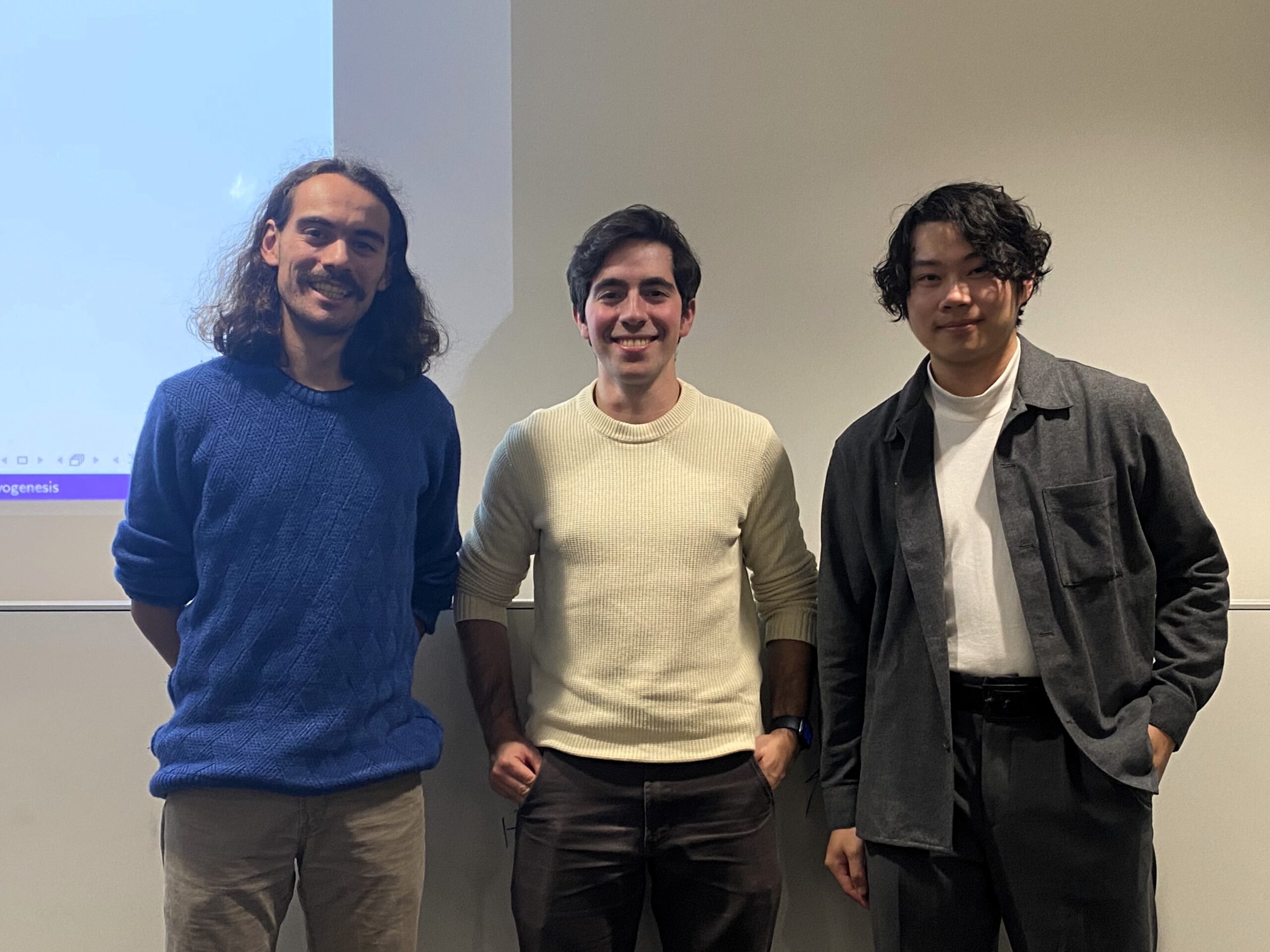
Quick Talks
Apostolos Giovanakis, Guglielmo Gigante, Yiyuan Chen – MSc students at ETH Zurich Electroweak Baryogenesis in the Standard Model and Beyond – Apostolos Giovanakis The matter-antimatter asymmetry in the Universe remains one of the most profound mysteries in cosmology and particle physics. Electroweak baryogenesis is a mechanism in the early Universe that generates this asymmetry between baryons and…
-
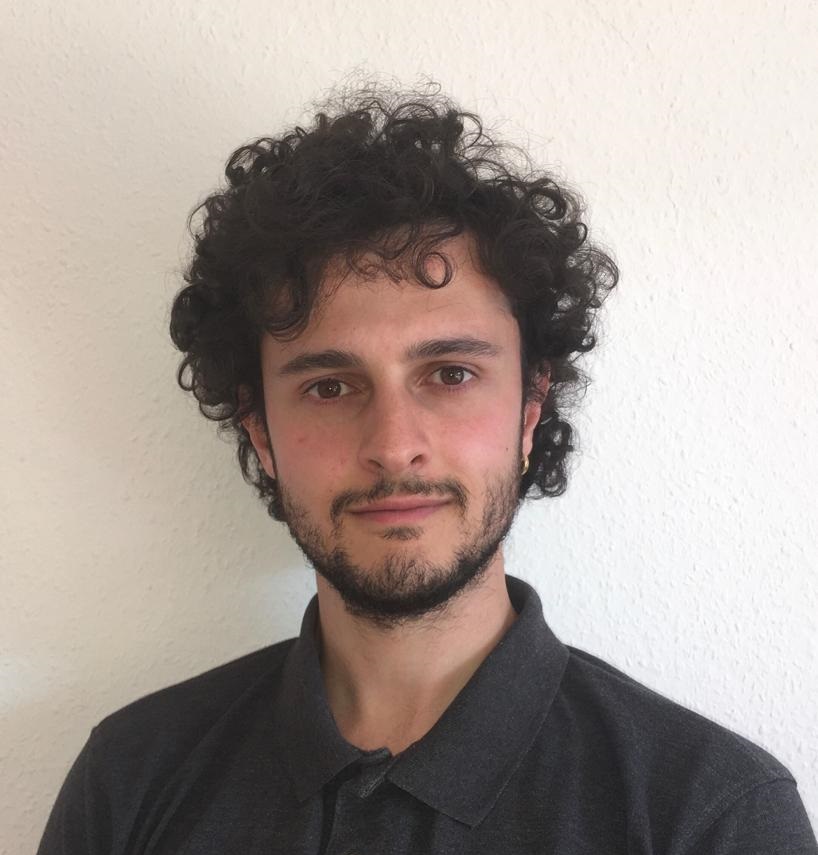
Freezing and Shielding under Global Quenches
Daniel Arrufat Vicente – PhD student at ETH Zurich Systems with strong non-local interactions exhibit a rich variety of out-of-equilibrium phenomena. One of the distinctive features of classical systems is the emergence of pre-thermal phases, known as quasi-stationary states (QSSs), whose lifetimes grow with system size. Similar effects are observed in quantum systems, though a…
-
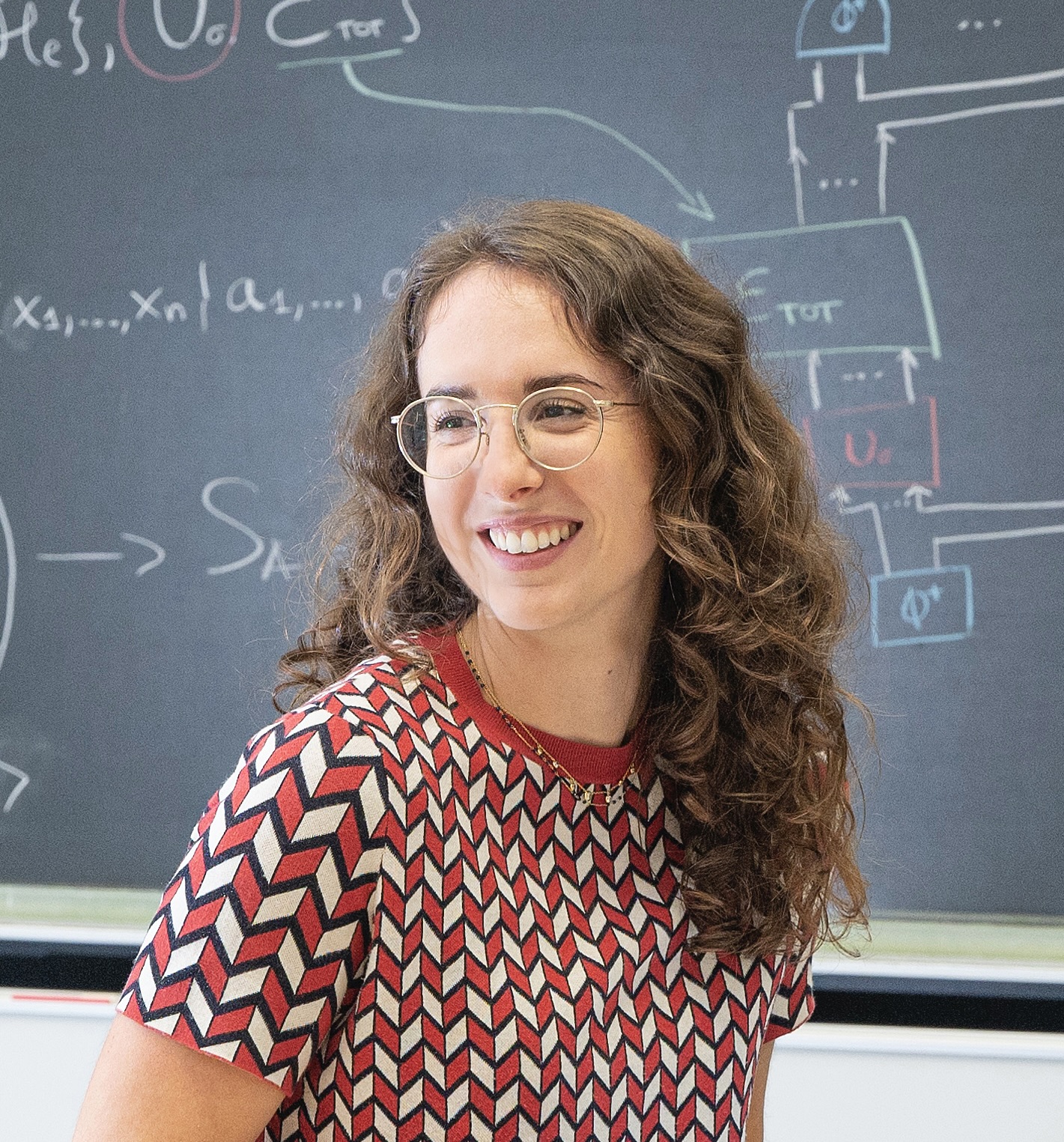
Where is information localised?
Carla Ferradini – PhD student in QIT group, ETH Zurich “Information is Physical” and, at any point in time, physical systems occupy space. Hence, information, being a physical system itself, must also have a location in spacetime. It may seem straightforward to assign a spacetime location to a bit of information by using the location…